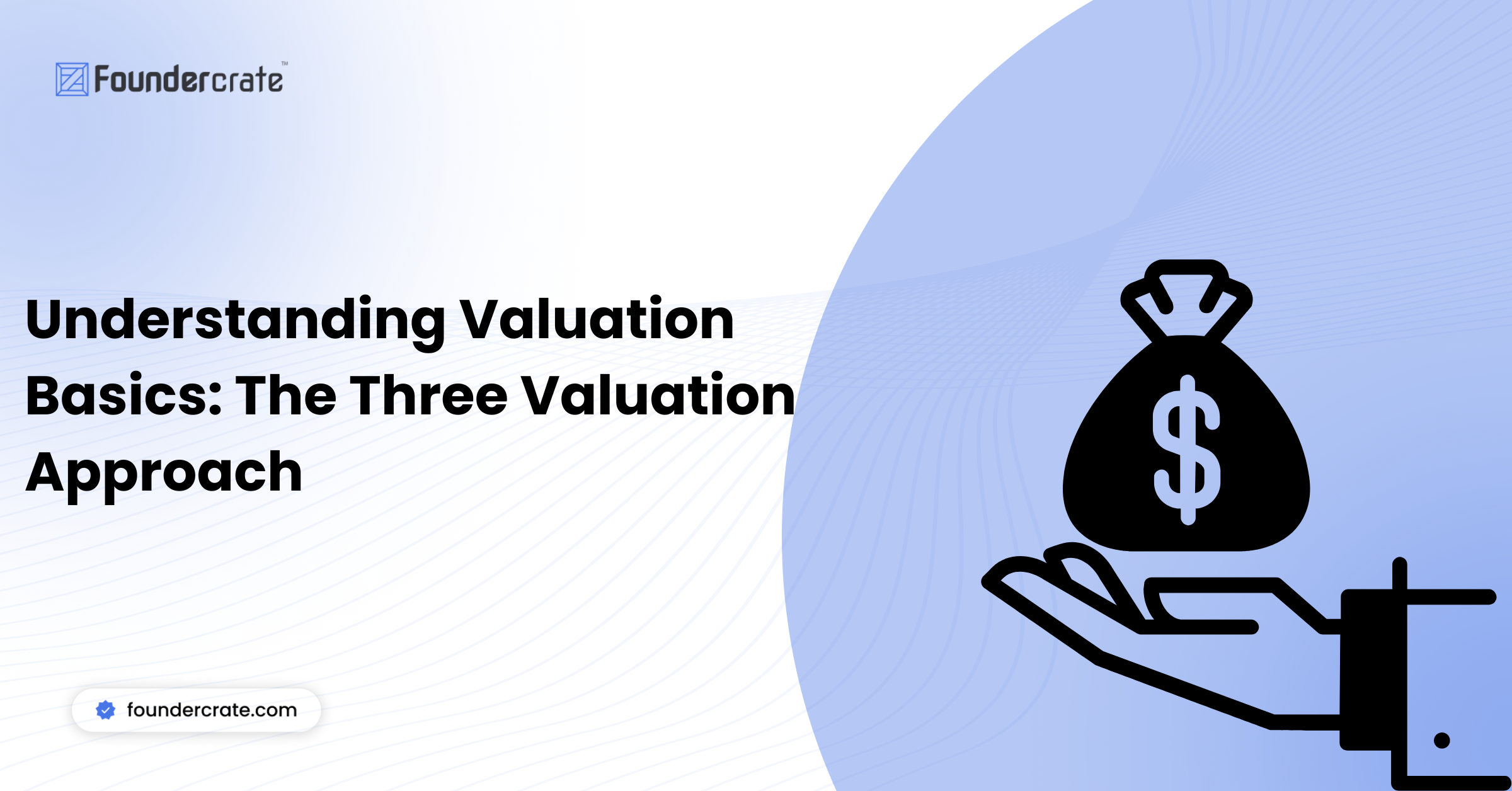Pre-Money and Post-Money Valuation in Startup Investments

Introduction
Investing in startups can feel like stepping into a world filled with its own unique terminology and concepts. Two terms that frequently crop up in discussions about startup valuation are pre-money valuation and post-money valuation. In this blog, we’ll break down what these terms mean and why they matter in the world of startup investing.
Why Pre Money and Post Money Valuation Matters:
Pre Money Valuation
Understanding pre-money valuation is crucial for both investors and entrepreneurs. For investors, it provides a basis for determining how much equity they will receive in exchange for their investment. A higher pre-money valuation means that investors will receive a smaller ownership stake in the company for the same amount of investment capital. Conversely, a lower pre-money valuation offers investors a larger ownership stake.
For entrepreneurs, pre-money valuation plays a key role in negotiations with investors. It determines the dilution of existing shareholders’ ownership and influences the terms of the investment deal. Entrepreneurs often strive to achieve the highest possible pre-money valuation to retain a greater share of ownership and control over their startup.
Post Money Valuation
Post-money valuation, on the other hand, takes into account the additional capital injected into the startup through an investment round. It reflects the total value of the company after the new investment has been made and is calculated by adding the investment amount to the pre-money valuation. In essence, post-money valuation = pre-money valuation + investment amount.
Post-money valuation is important for investors as it provides a clear understanding of the total value of their investment in the startup. It also serves as a reference point for future fundraising efforts and potential exits. For entrepreneurs, post-money valuation determines the overall value of the company after the investment round and helps assess the impact on ownership dilution.
Examples:
Let’s say a startup has a pre-money valuation of $2 million, and investors put in $500,000. The post-money valuation would be $2.5 million ($2 million + $500,000). This means the startup is now worth $2.5 million after the investment.
Imagine another startup with a pre-money valuation of $5 million. If investors pour in $1 million, the post-money valuation would be $6 million ($5 million + $1 million). This shows how the startup’s value goes up after getting new investment.
Conclusion:
Pre-money and post-money valuations are fundamental concepts in startup investing that play a significant role in determining the terms of investment deals and the ownership structure of a company. By understanding these concepts, investors and entrepreneurs alike can navigate the complexities of startup fundraising with confidence, ensuring that investment decisions are informed and aligned with their objectives.
Related Posts

Why Financial Metrics are Important Numbers for Success
Introduction In the business world, financial metrics are like maps that show the way for making decisions and plans. They give us helpful clues about how well a company is doing, so we can make…

Understanding Valuation Basics: The Three Valuation Approach
Introduction In the realm of startups, valuation is the process of determining the worth of an asset, company, or investment. It’s a critical aspect of decision-making for investors, businesses, and financial professionals alike. While there…
Recent Posts
- Why Financial Metrics are Important Numbers for Success
- Understanding Valuation Basics: The Three Valuation Approach
- Decoding Investor Motivations: Understanding Different Investor Types
- Why Founders Need to Understand Investor Exit Strategies
- Pre-Money and Post-Money Valuation in Startup Investments
Recent Comments
Categories
Want to get more content like this?
Signup to directly get this type of content to your inbox!!




